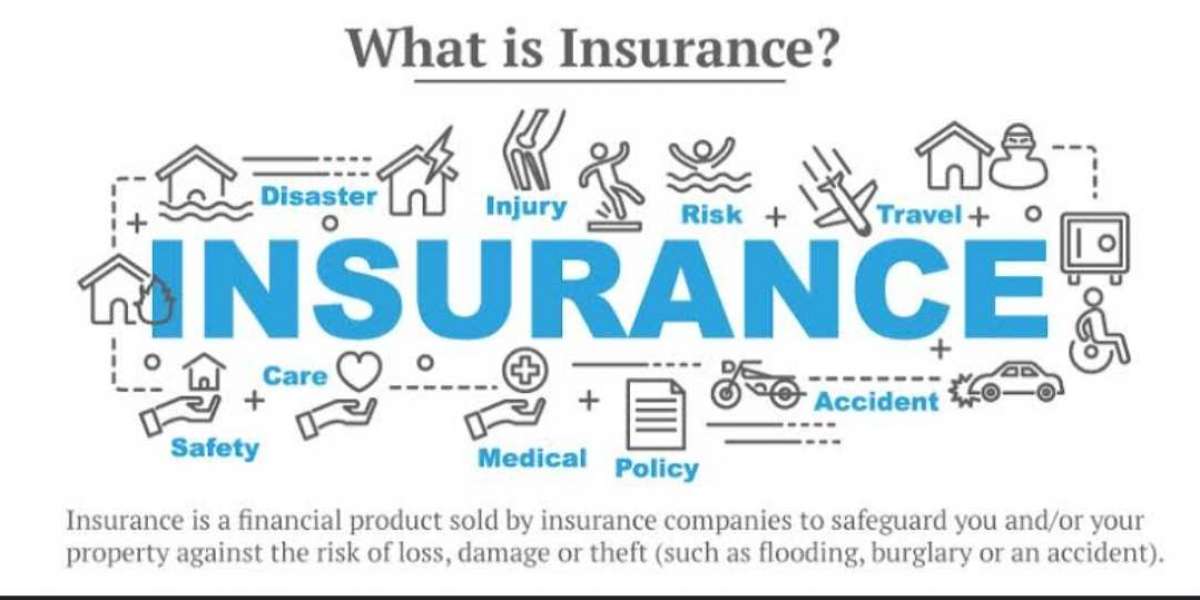Insurance is a financial product that provides protection against the financial losses incurred due to unforeseen events or risks. These risks can include everything from natural disasters to accidents, illnesses, and even death. Insurance can be a vital tool for individuals and businesses to manage financial risks and protect their assets.
The concept of insurance dates back to ancient times when merchants would pool their resources to protect themselves against the loss of goods due to shipping accidents or theft. Today, insurance has become an industry that provides protection for almost every aspect of life, from health and property to business and travel.
Insurance works by pooling the risk of many individuals or businesses into a single fund. The fund is then used to pay for the losses suffered by any member of the pool. In exchange for paying a premium, individuals and businesses can protect themselves against the financial consequences of an unexpected loss.
There are many types of insurance, but some of the most common include:
Health Insurance - Health insurance provides coverage for medical expenses and can help individuals manage the high costs associated with healthcare. Health insurance can be provided by employers, government programs, or purchased individually.
Property Insurance - Property insurance provides protection for physical assets such as homes, buildings, and personal property. Property insurance can cover losses due to fire, theft, natural disasters, and other risks.
Life Insurance - Life insurance provides financial protection for individuals and their families in the event of their death. Life insurance can provide a lump sum payment or regular income to beneficiaries.
Auto Insurance - Auto insurance provides protection for individuals who own or operate a vehicle. Auto insurance can cover damage to the vehicle, liability for injuries or damages caused to others, and other risks associated with driving.
Business Insurance - Business insurance provides protection for businesses against financial losses due to a variety of risks, such as property damage, liability claims, and loss of income.
When purchasing insurance, it's important to understand the terms of the policy and the risks that are covered. The policy will specify the premium amount, the coverage limits, and the deductibles or out-of-pocket expenses that the policyholder must pay.
Insurance policies can be purchased from a variety of sources, including insurance agents, brokers, and online providers. It's important to research the reputation and financial stability of the insurance provider to ensure that they will be able to pay claims if needed.
Insurance is an important tool for managing financial risks, but it's not a one-size-fits-all solution. Individuals and businesses should carefully consider their risks and financial situation when selecting an insurance policy. It's also important to periodically review insurance policies and coverage to ensure that they continue to meet the needs of the policyholder.
In conclusion, insurance is a financial product that provides protection against the financial losses incurred due to unforeseen events or risks. There are many types of insurance available, including health insurance, property insurance, life insurance, auto insurance, and business insurance. Insurance works by pooling the risk of many individuals or businesses into a single fund, which is then used to pay for the losses suffered by any member of the pool. When purchasing insurance, it's important to carefully consider the terms of the policy and the risks that are covered. With the right insurance coverage, individuals and businesses can protect their assets and manage financial risks.







